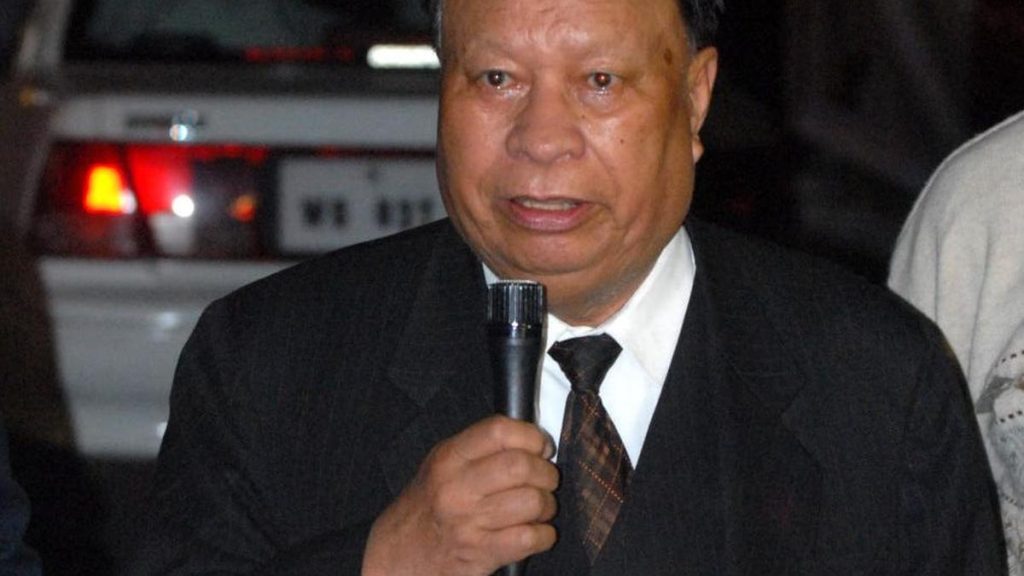Now Reading: 21% of Indian Lawmakers Have Dynastic Roots, Lok Sabha Tops: ADR Report
-
01
21% of Indian Lawmakers Have Dynastic Roots, Lok Sabha Tops: ADR Report
21% of Indian Lawmakers Have Dynastic Roots, Lok Sabha Tops: ADR Report

Swift Summary
- A study by the Association for Democratic Reforms (ADR) found that 21% of sitting MPs, MLAs, and MLCs in India have dynastic backgrounds.
- Dynastic representation is highest in Lok sabha at 31%, and among national parties, the Congress has the largest share at 32%, followed by BJP (18%) and CPI(M) (8%).
- Among states, Uttar pradesh has the highest number of dynasts (141), while Andhra Pradesh leads proportionally with 34%.
- Regional parties like NCP and JKNC show high levels of dynasticism (~42%), while others such as AIADMK (4%) display minimal family influence.
- female politicians are disproportionately dynastic: 47% of female representatives versus just 18% among males. States like Maharashtra and Andhra Pradesh report stark gender gaps in dynastic representation.
- Factors such as “winnability,” election costs, patronage networks, and weak internal party democracy perpetuate political families’ dominance across India’s electoral system.
Indian Opinion Analysis
Dynastic politics remains pervasive across India despite gradual strides toward democratization within some party structures. This entrenched phenomenon speaks to broader structural issues such as financial barriers to entry for new candidates and a reliance on lineage-based networks during elections.The disproportionate prevalence among women highlights how family ties facilitate access but limit broader inclusivity for first-generation leaders. Comparatively lower rates of dynasty-linked politicians in ideologically or cadre-based organizations suggest possible pathways to dilute hereditary control gradually over time-a shift that may help foster greater meritocracy within India’s political landscape.
























